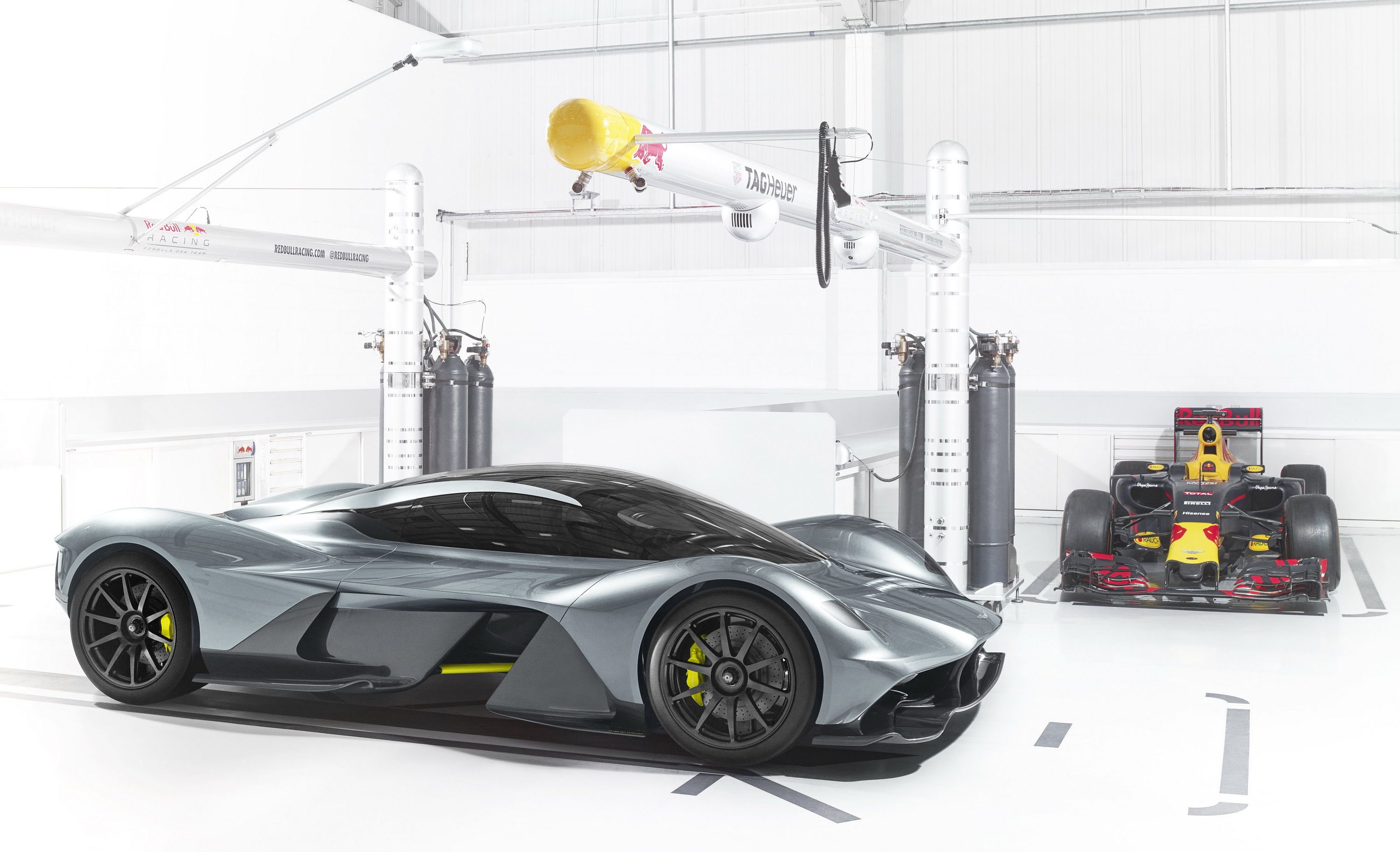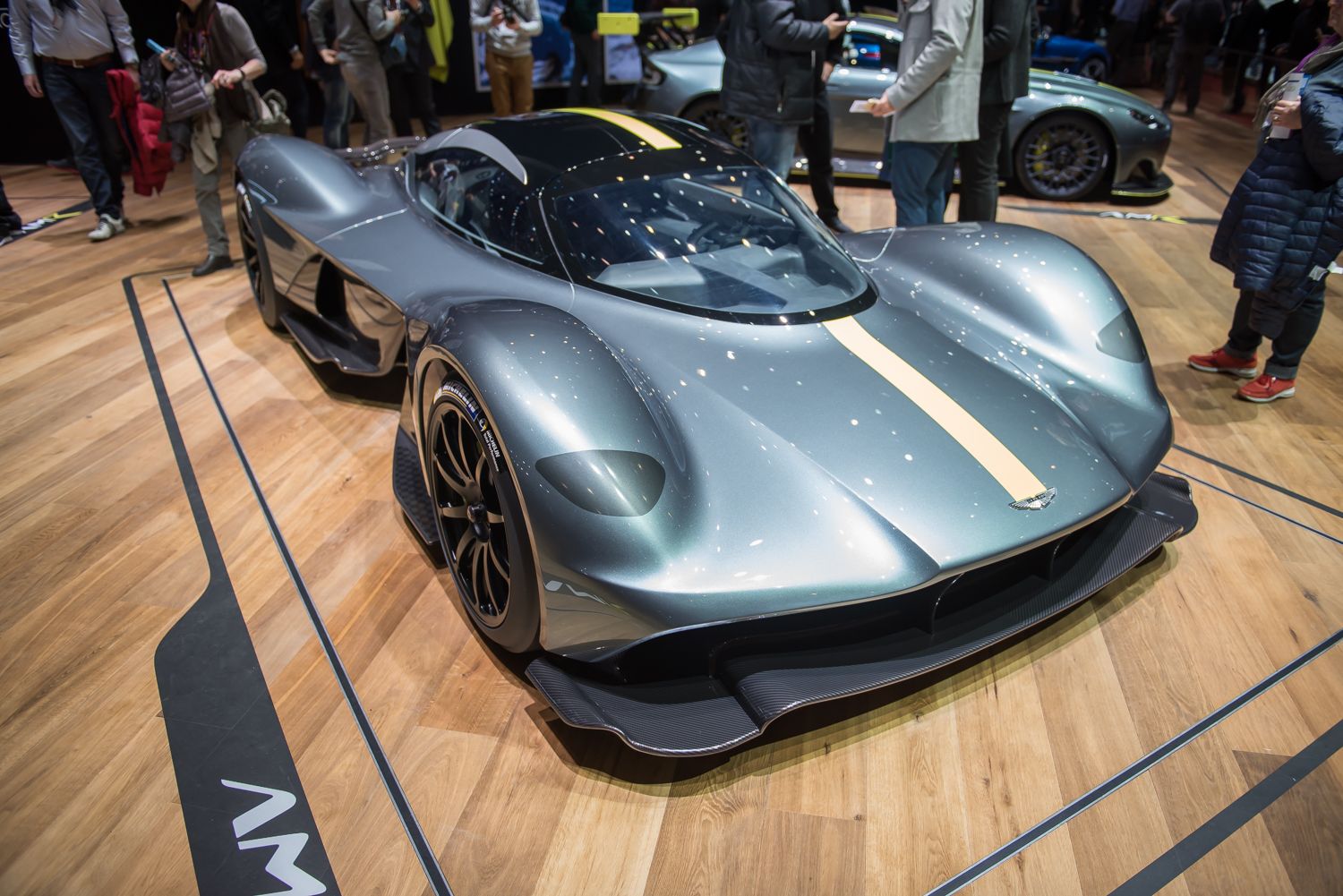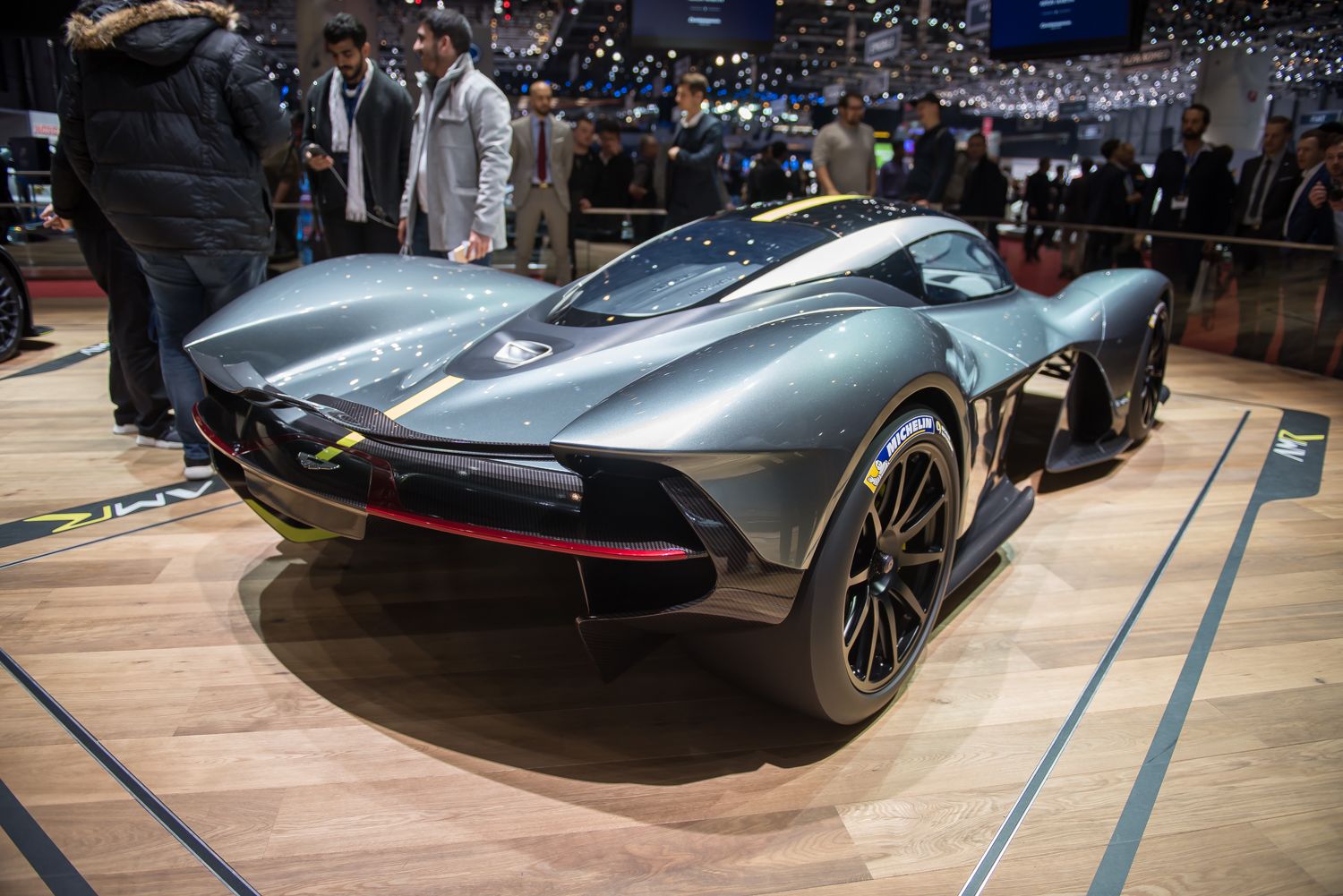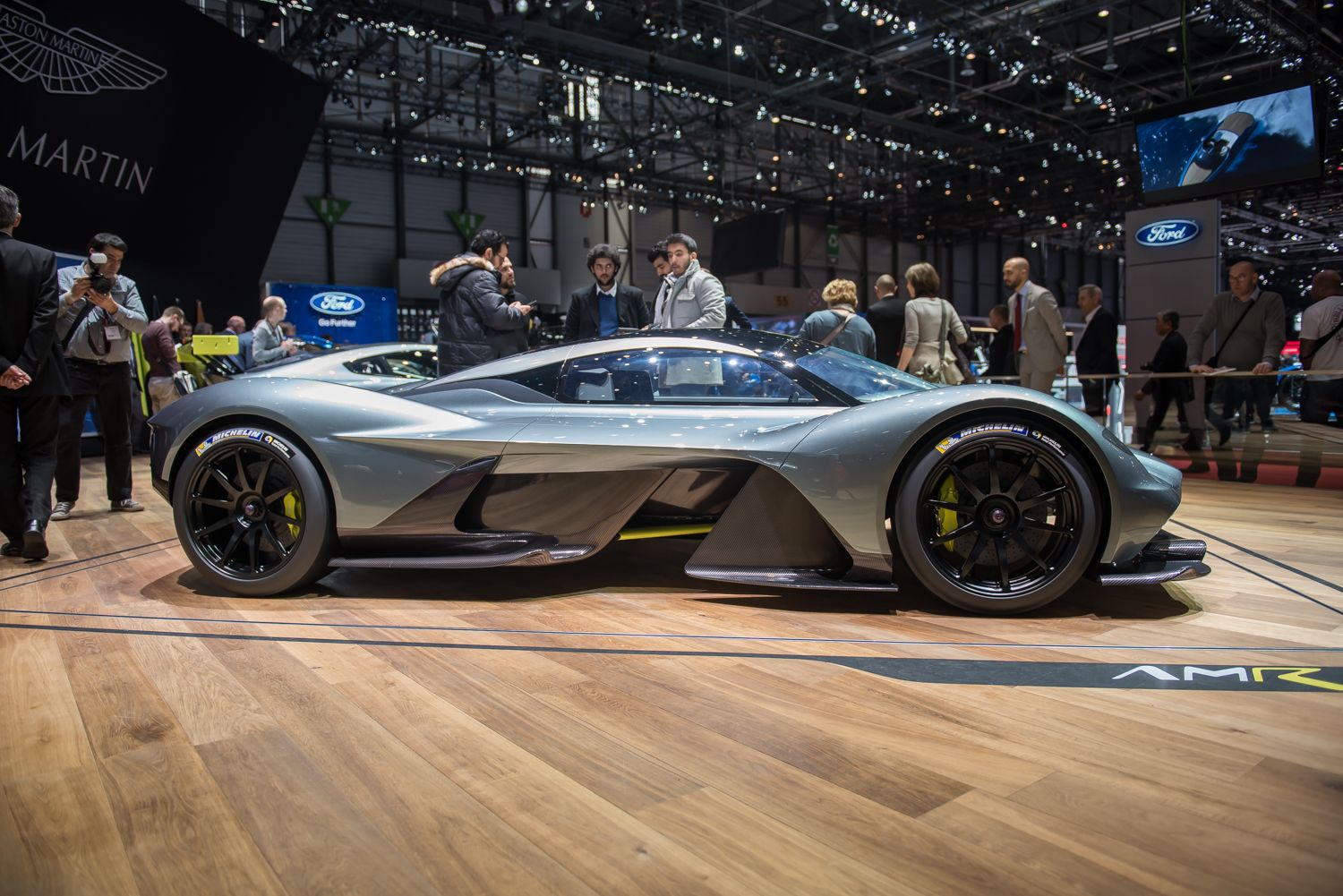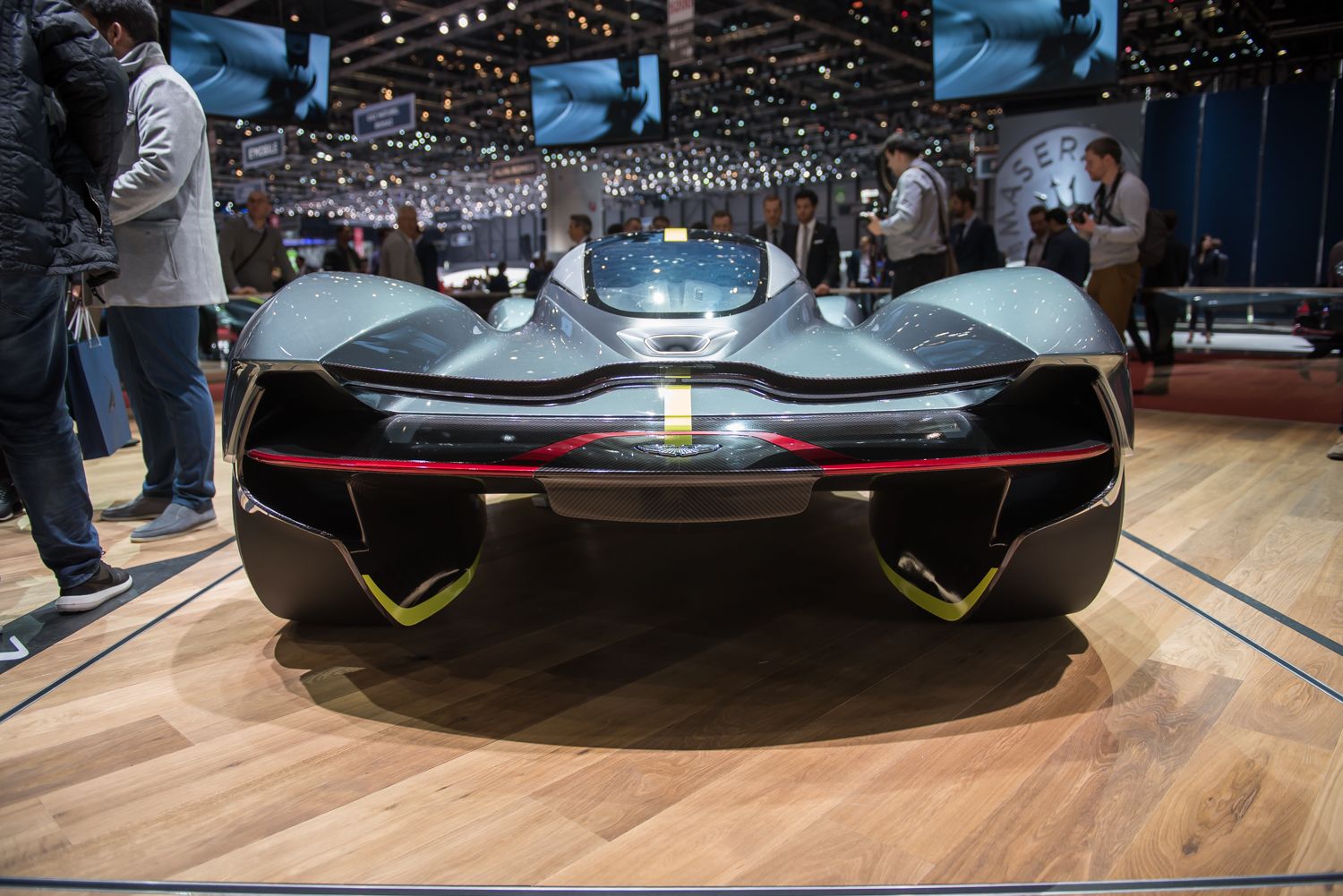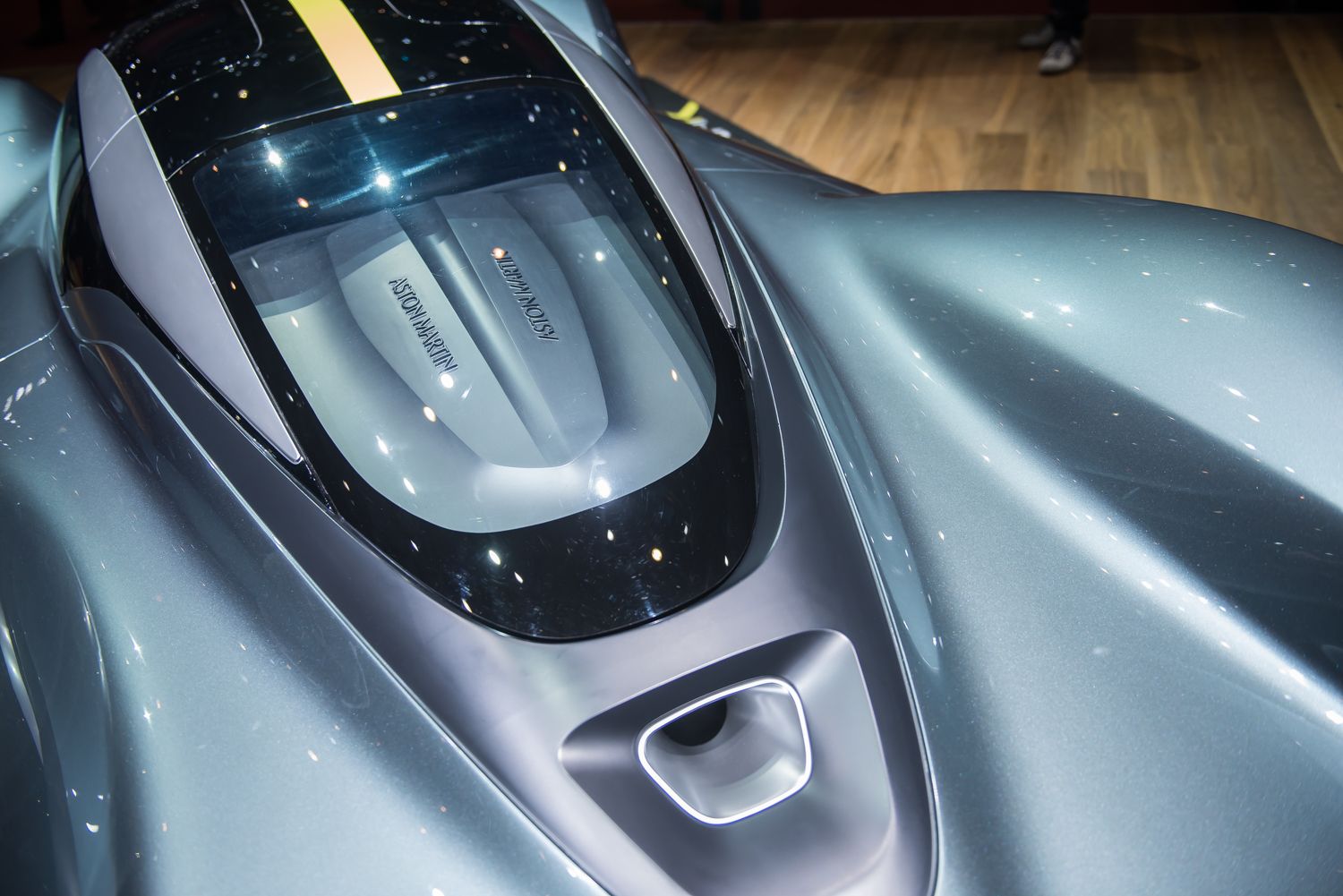To say there are tons of details involved in the development of a hypercar is tantamount to a huge understatement. Some companies even resort to things that could be described as gimmicks to get their point across. Take Aston Martin for example. We already know that it’s developing the Valkyrie hypercar with Red Bull Racing and that the car is about the closest thing we have to a road-going Formula One car. But apparently, the level of personalization attached to the Valkyrie has reached a point wherein owners of the car are required to have their bodies 3D scanned so Aston Martin can develop a personalized driver’s seat. Owners might find it difficult to indulge on unnecessary midnight snacks if they want to continue to fit in the car.
Aston Martin didn’t give a reason behind this odd requirement, except that it’s probably doing it to maximize the driving potential of the Valkyrie. The company did say the Valkyrie is being developed to be the most dynamic hypercar in the land, even if it’s not the fastest. A big part of keeping that objective in mind is apparently to design a driver’s seat that’s personalized to the car owner’s body type. That basically means owners better keep their bodies in the shape that they're in when Aston Martin has it 3D scanned. Go too far in either direction and you might not end up fitting in it as comfortably as you’d like. In the annals of the unusual, this definitely ranks right up there at the top.
Continue after the jump to read the full story.
Welcome to the wild and crazy world of hypercars
I’ve seen and heard a lot of things that automakers resort to just to gain an edge over the competition. What I haven’t seen is this level of personalization that ultimately requires buyers to stay disciplined on the things they eat while also maintaining a fit lifestyle for themselves. I mean, I get the point of it if Aston Martin really wants to squeeze out every ounce and drop of potential it can get out of the Valkyrie, but I still can’t wrap my head around how amusing all of this is.
Aston Martin Asia-Pacific chief Patrik Nillson did touch on a good point when talking about the car with CNBC that could relate to the whole 3D scanning process. According to Nillson, Aston Martin isn’t preparing the hypercar to be the absolute fastest car in the world. It has bigger and more important goals than that, one of which is to dial up the experience of driving one all the way up to 11. "Much like in Formula One, the winning car is the one that brakes the quickest, goes around the corner the quickest, and accelerates the quickest,” Nillson said.
Turns out, a big part of that is to ensure that there’s no wasted energy on the driver’s part if he has to seat on something that isn’t in sync with his body’s proportions. (Yes, I’m going down this rabbit hole. Save me.) So the brilliant solution that Aston Martin - with the help of Red Bull, no doubt - came up with is to make sure that even the driver’s seat is specifically tailored to the person who’s going to end up driving the car the most.
It’s a lot of pressure, isn’t it? Not only is the owner on the hook for at least $3 million, he also has to make sure that he doesn’t overindulge himself on the buffet table too much, unless he wants to risk not fitting into the seat that was created specifically for him. On the other hand, this little quirk in the Valkyrie does make it difficult, maybe even impossible, for other people to “borrow” the car if they’re not in the same build as the person owning the car.
It’s an amusing development to say the least, one that I’m quite certain will be discussed more as the debut of the production version draws closer. So if you happen to be one of the lucky few who’s in line to score an Aston Martin Valkyrie, now’s as good a time as any to be watchful of what you eat.
fastest

